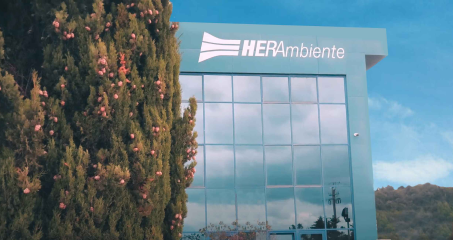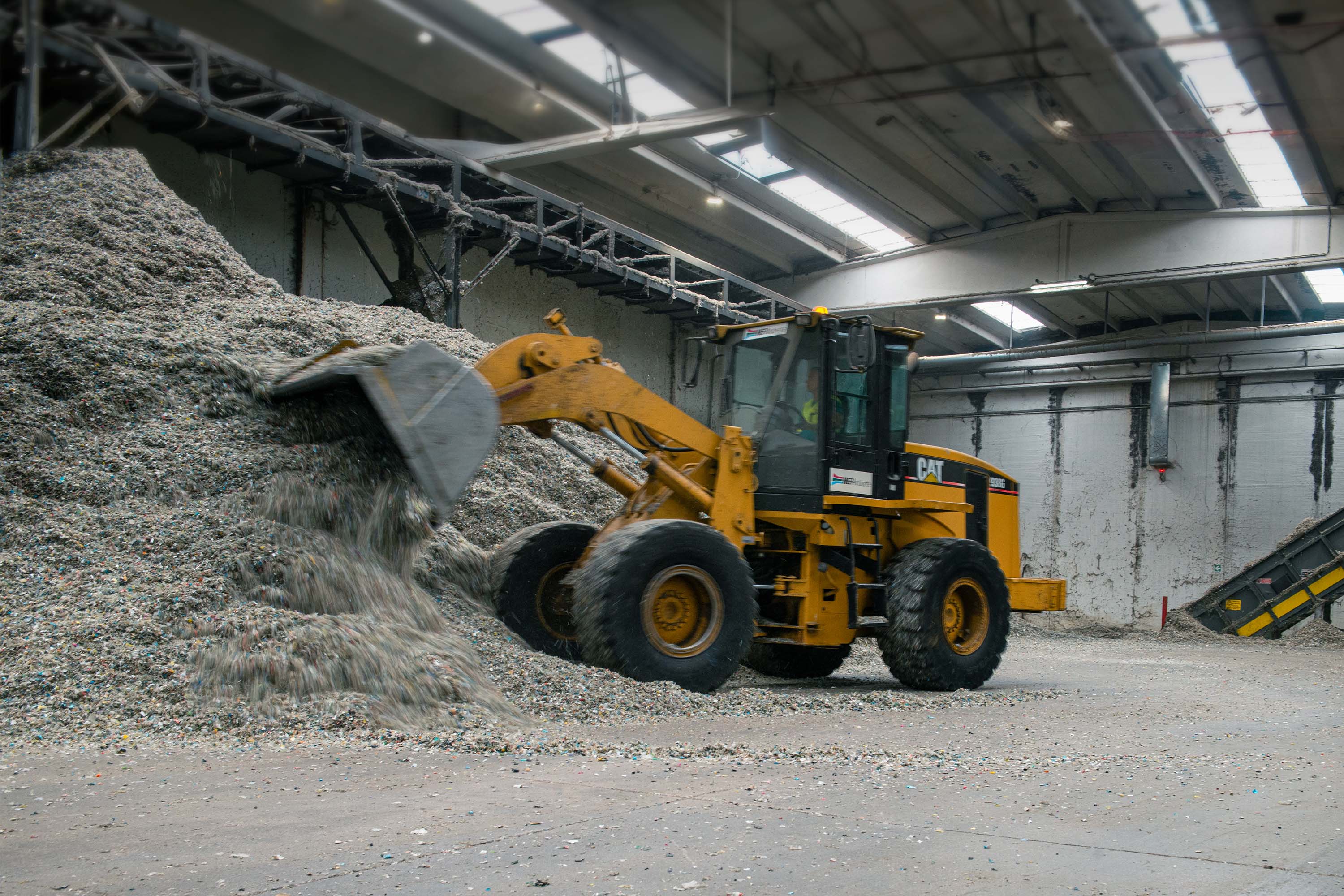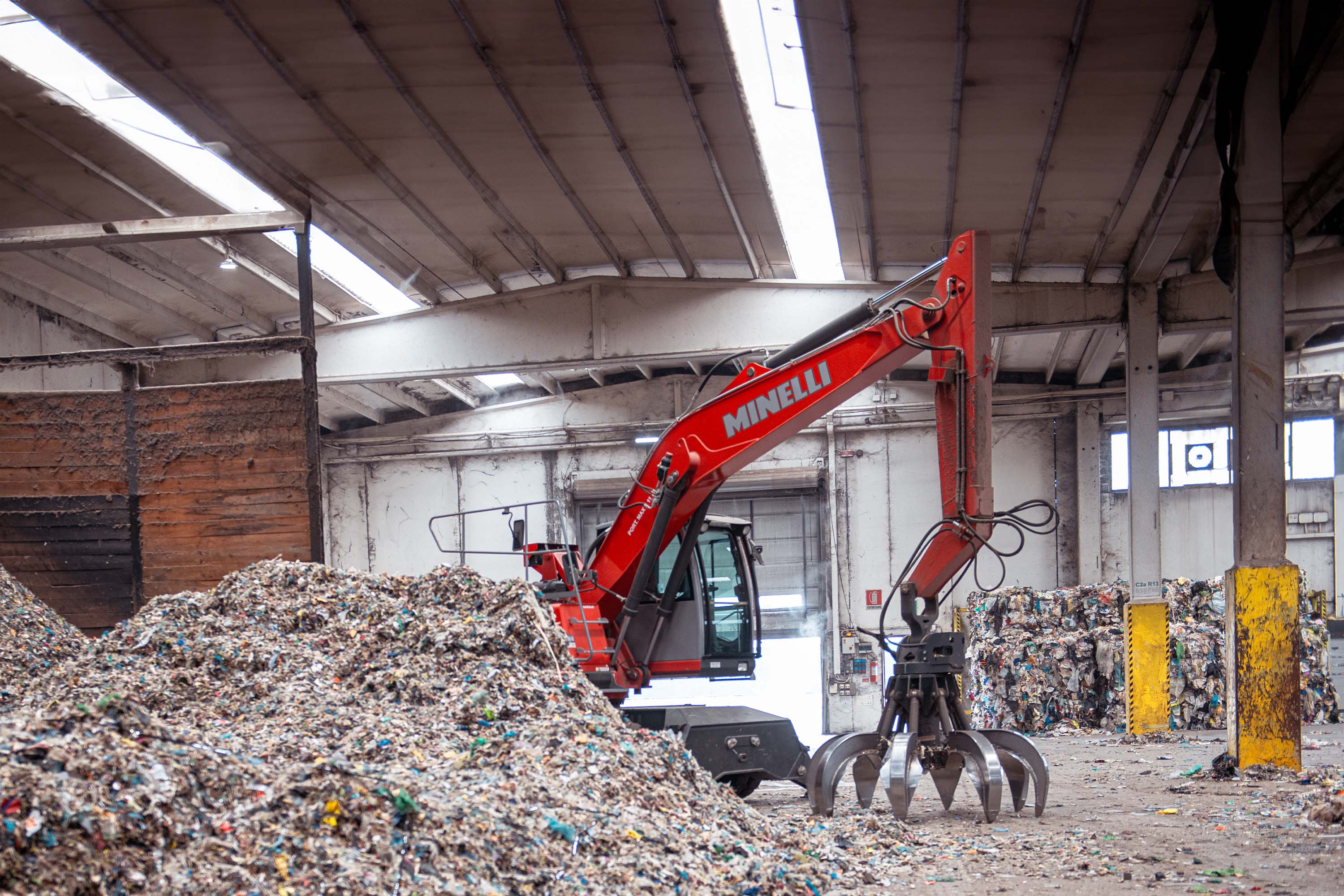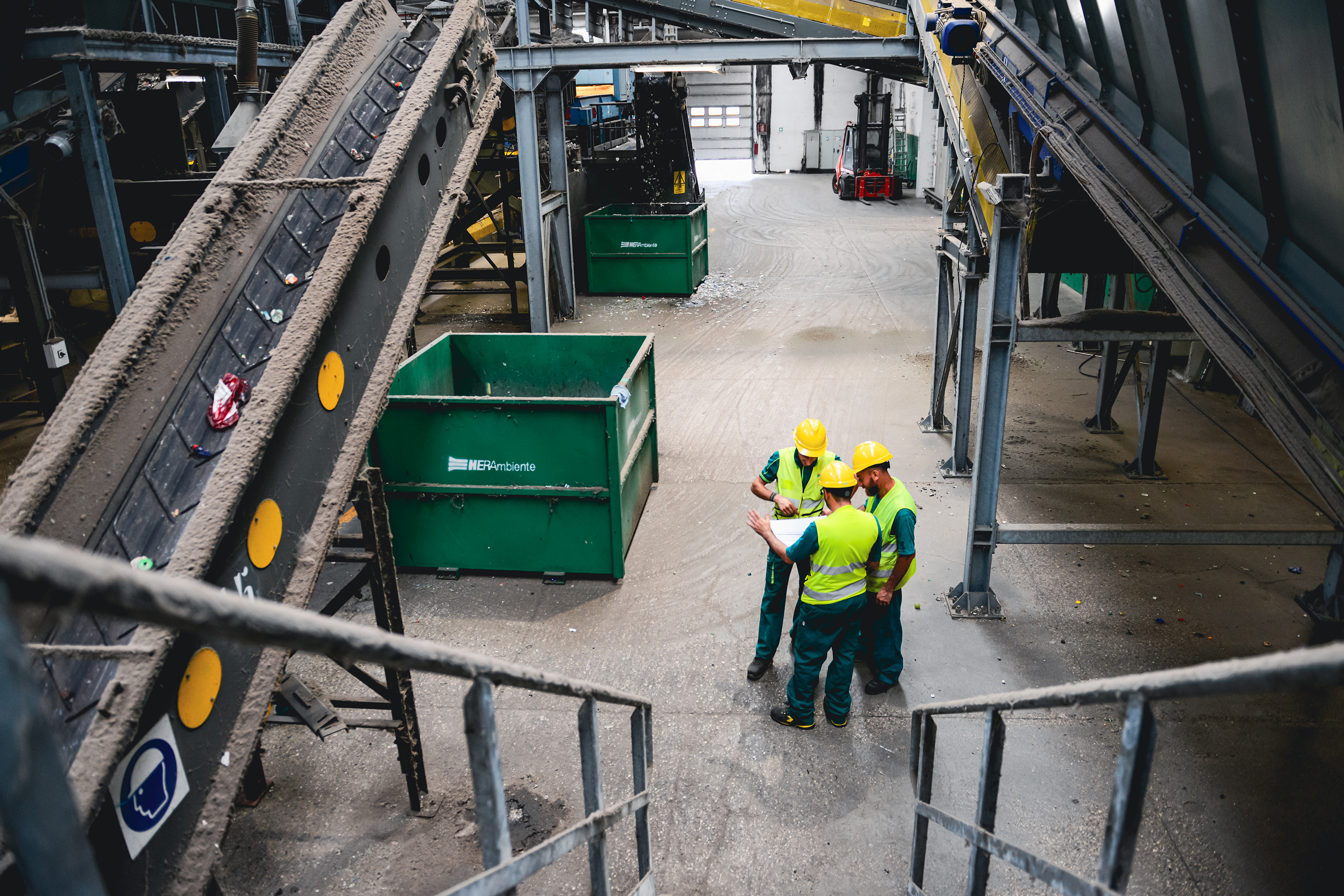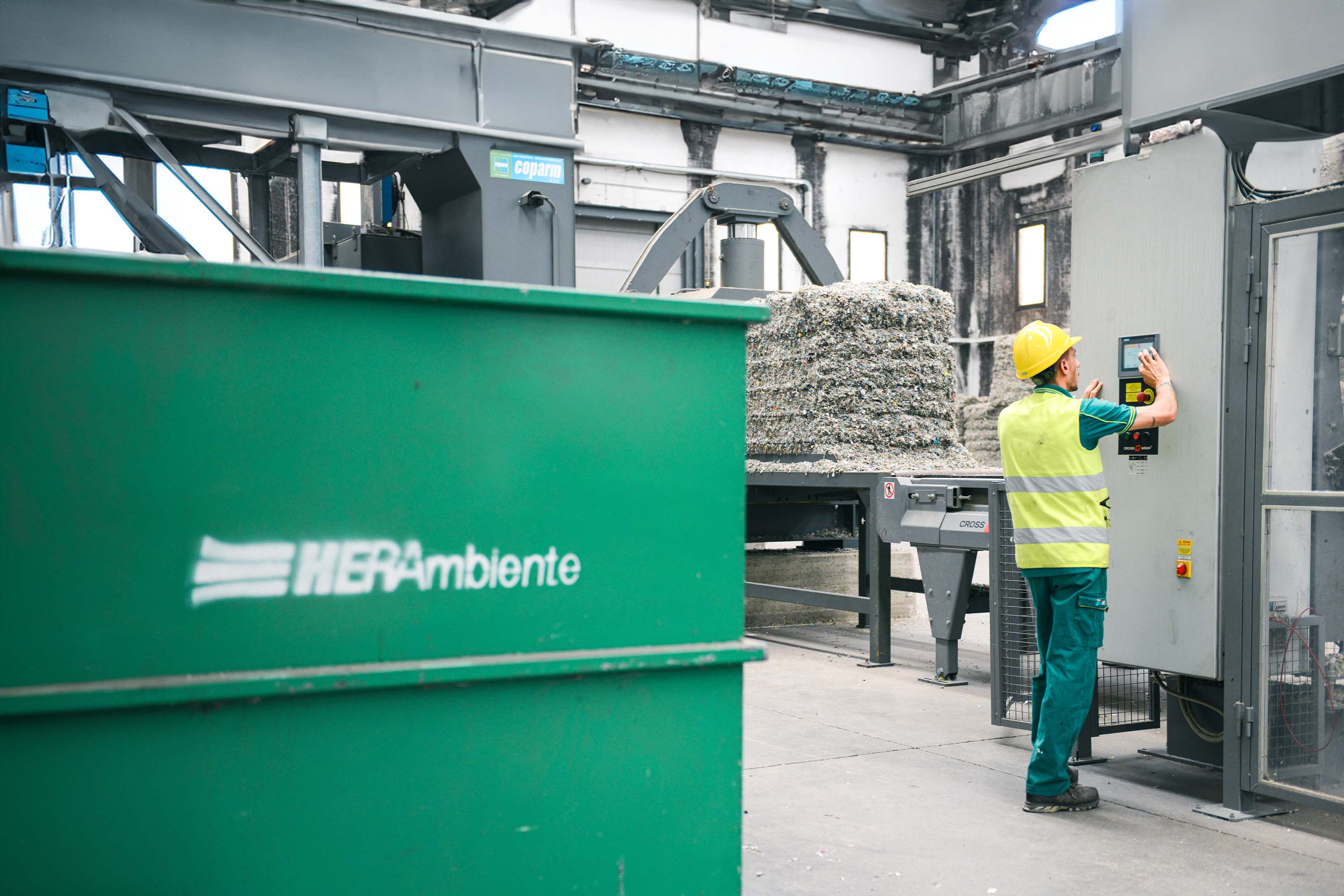Overview
The plant recovers of processing scraps from area industrial facilities using evolved technologies to reduce quantities of waste sent for disposal as much as possible, by favouring recovery through separation with the production of 3 types of secondary solid fuel/RDF.
Page updated 26 August 2015
Form
-
<b>Annual treatment capacity</b>
(R3) Recycling/reclamation of organic substances which are not used as solvents (including composting and other biological transformation processes): 15,500 tonnes/year -
<b>Annual treatment capacity</b>
(R12) Exchange of wastes for submission to any of the operations numbered R1 to R11: 130,000 tonnes/year -
<b>Type of waste accepted at the plant</b>
Non hazardous dry solid waste from collection at artisanal, industrial production and commercial activities, and treatment of non reusable fractions from selection for the production of secondary solid fuel to be recovered -
<b>Subsequent destination of waste</b>
The secondary solid fuel is sent to cement works and/or waste to energy plants for recovery -
<b>Treatment lines</b>
2 -
<b>Recovery efficiency</b>
70% 75%
- Treatment/selection and sorting, for material recovery>/b> (secondary raw materials) from non-hazardous dry solid waste from collection at artisanal, industrial production and commercial activities in the surrounding area;
- Treatment of non-reusable fractions for the production of secondary solid fuel with 3 different types of production:
- secondary solid fuel sized less than 30 mm, sent to cement works for recovery, which use it as an alternative to conventional fuels;
- secondary solid fuel sized less than 120 mm, sent to waste-to-energy plants for recovery;
- secondary solid fuel sized between 120 and 300 mm, sent to waste-to-energy plants for recovery.


